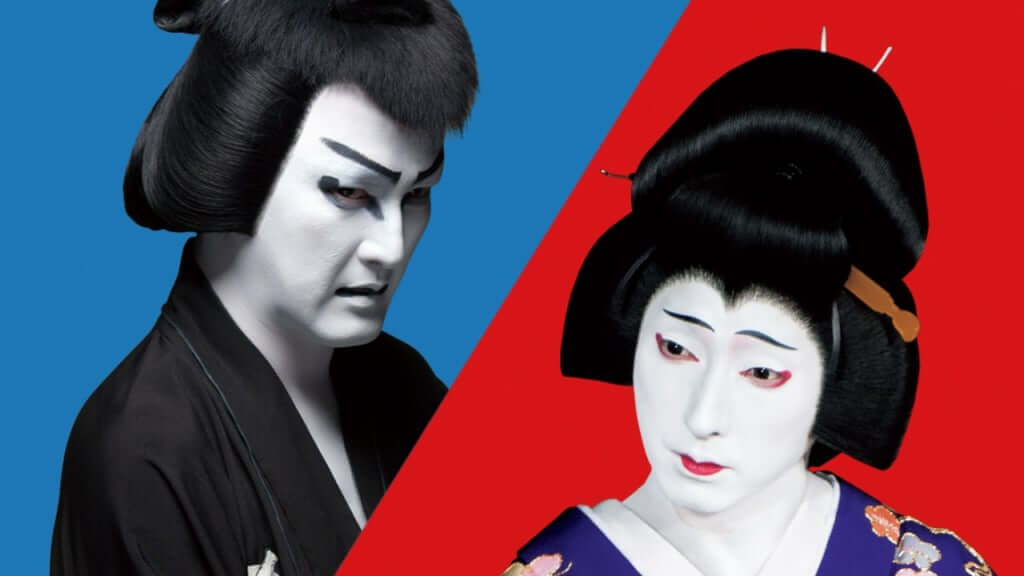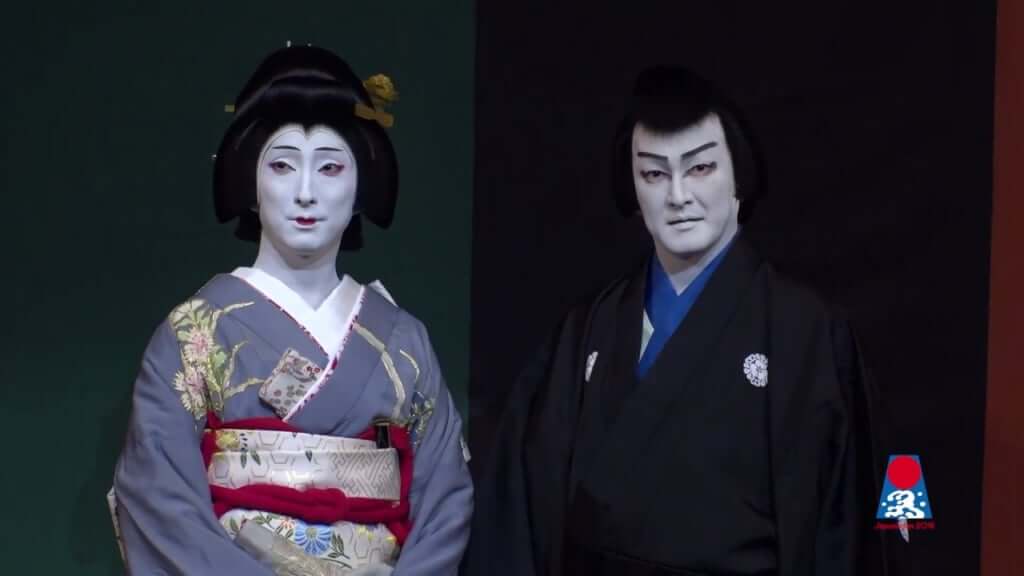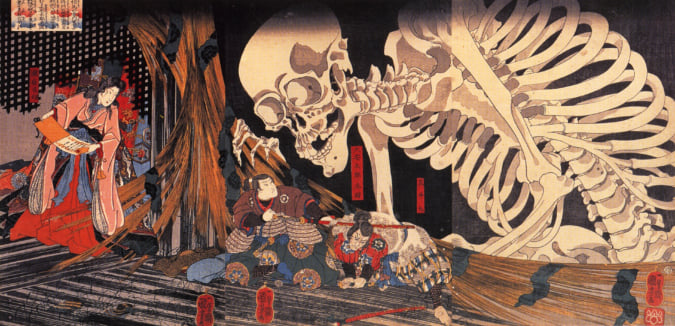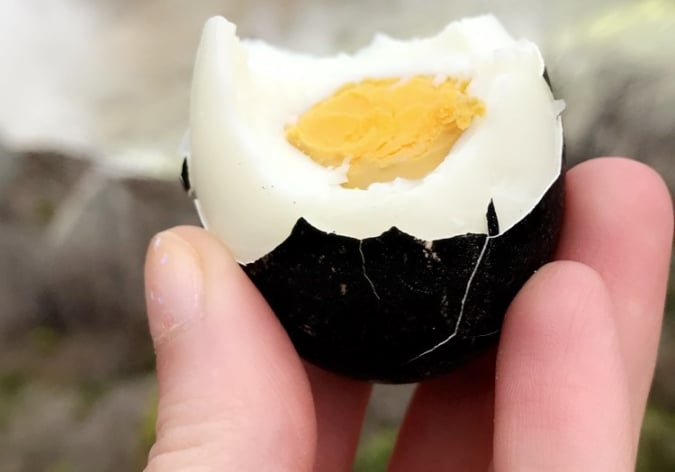Nakamura Shido II, the Actor Bringing Punk Spirit to Kabuki
The actor, who broke with tradition by taking on male roles in the theatre, has also made a foray into cinema.

© Creative Room MK
The eldest son of Nakamura Shido I and grandson of Nakamura Tokizo III, two icons in the world of kabuki, Nakamura Shido II follows in illustrious footsteps and imposes his own resolutely modern style.
Born in 1973, Nakamura Shido II trod the boards for the very first time when he was just six years of age to try to master the subtleties of this traditional, codified form of theatre that brings together acting, singing, and dancing. It was while playing a maid that he caught the public’s attention for the first time. However, rather than satisfying the wishes of his family who hoped that he would follow in the footsteps of his grandfather, known for playing onnagata—female characters embodied by men—he chose to specialise in male characters. This was his first break with tradition, which states that kabuki actors, who form family troupes, continue their family speciality passed down from father to son.
‘As I grew up, with my size and big build, I was destined to play male roles’, he explains in an interview with daily French newspaper Le Monde. ‘As a child, you learn traditional dance and female roles. If you know how to play female characters, it adds a certain sensuality to the way you approach male heroes.’
Cinema and kabuki
His early days in the industry were precarious, however, and as leading roles in kabuki were rare, the young man attended various auditions for films and modern dramas, far from traditional Japanese theatre. It was just before he reached the age of 30 that Nakamura Shido II started to make a name for himself as a film actor, but he did not abandon kabuki. As the roles began to flood in, he used his fame to benefit the art, in order to make it known to a wider audience.
Despite being seen as somewhat outdated, kabuki has undergone various changes: thus, in 2016, Nakamura Shido II appeared in Hanakurabe Senbonzakura alongside virtual humanoid singer Hatsune Miku, and in the adaptation of Stormy Night, a children’s book.
Modernising kabuki
‘Kabuki is mainstream, rock, punk, and hasn’t waited for the West to become that way. So, it’s normal that it’s now appearing on television, in fashion… while retaining the beauty of Japanese tradition’, the actor declares in Le Monde.
So, what is Nakamura Shido II’s next goal? To take kabuki outside of classic Japanese theatres and to more alternative locations. In May 2019, the actor appeared in the play Onna Goroshi Abura no Jigoku in a warehouse situated on the banks of Keihin canal in Tokyo’s Shinagawa district, and also performed in a live music club in Kabukicho in Shinjuku district. Although these places are in stark contrast to the classic theatre halls, they nevertheless recall the early days of kabuki, when troupes would perform on makeshift stages, outside.
Nakamura Shido II’s latest updates can be found on his website.

© Shochiku
TRENDING
-
Gashadokuro, the Legend of the Starving Skeleton
This mythical creature, with a thirst for blood and revenge, has been a fearsome presence in Japanese popular culture for centuries.

-
The Tattoos that Marked the Criminals of the Edo Period
Traditional tattoos were strong signifiers; murderers had head tattoos, while theft might result in an arm tattoo.

-
The Tradition of the Black Eggs of Mount Hakone
In the volcanic valley of Owakudani, curious looking black eggs with beneficial properties are cooked in the sulphurous waters.

-
Recipe for Ichiraku Ramen from ‘Naruto’ by Danielle Baghernejad
Taken from the popular manga with the character of the same name who loves ramen, this dish is named after the hero's favourite restaurant.

-
Tatsuro Yamashita, King of City Pop
The visionary pop singer and producer, who endowed the Japanese tech-boom as a utopian escape for future generations.





